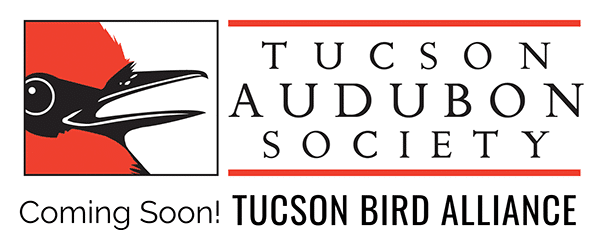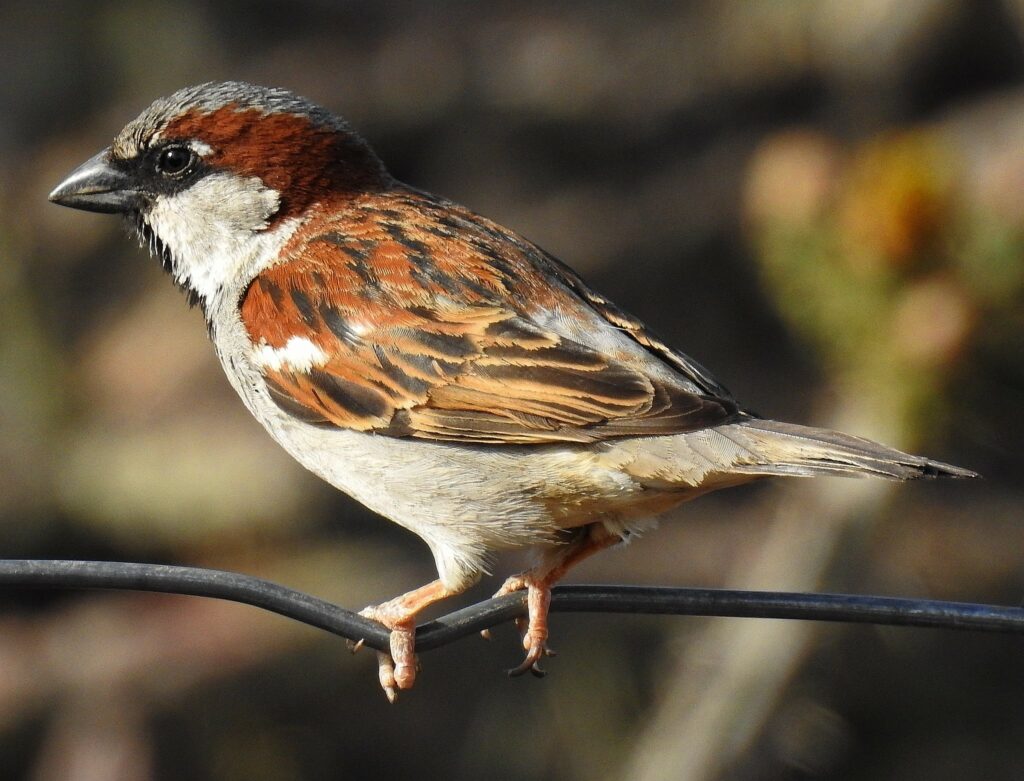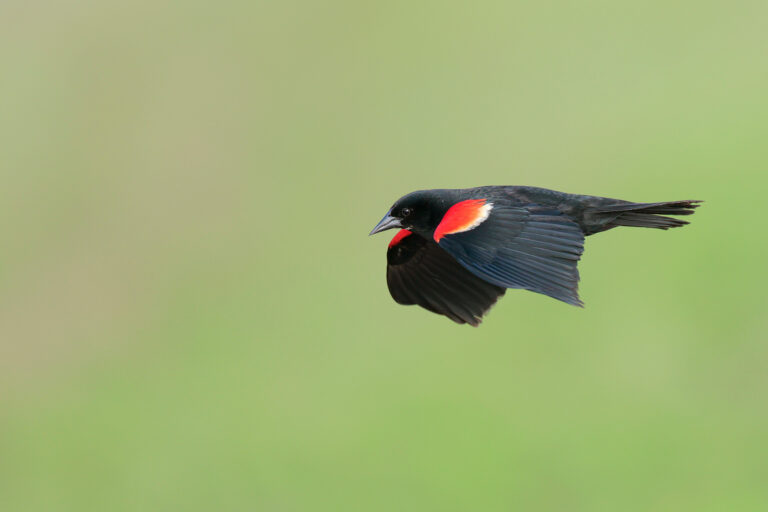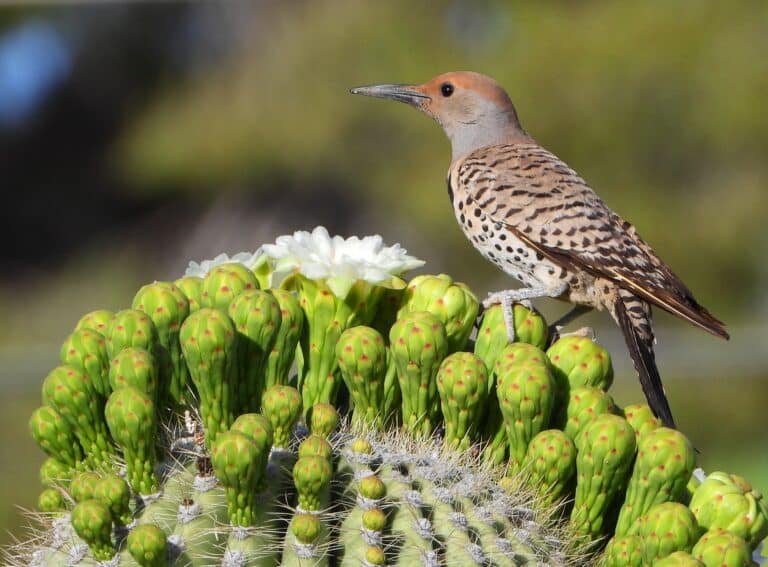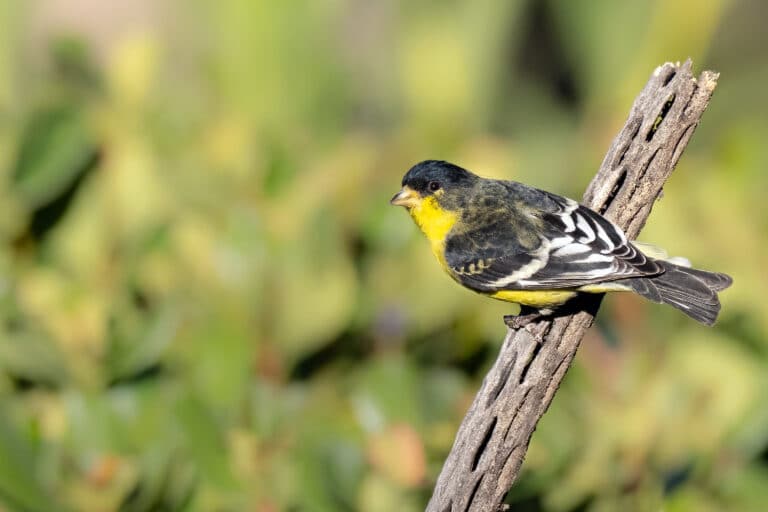Well, I’ve avoided this bird long enough, for no good reason, but the “time has come today.” The House Sparrow might be the most overlooked and maligned bird species the world has seen thus far. It’s smaller and not even as showy as a city pigeon, and it’s a nest stealer. It is closely associated with human development and in many cases is dependent on it for survival. Because of these traits and thanks to introductions to new locations by humans, the House Sparrow occupies a great proportion of the planet with an estimated population of 500,000,000 pairs. They are at home in cities, suburbs, and agricultural areas, but you won’t find them in thick forests or grasslands. In extreme environments such as the deserts of the Tucson area or the cold far north, they survive only with the help of human settlement.
It might not seem like it, but the House Sparrow does have a native breeding range in Eurasia from the British Isles to Russia and south to northern Africa, India, and Southeast Asia. Its story in North America began with 100 birds being released in Brooklyn in 1851 by a Mr. Nicolas Pike. Additional introductions in the 1870s to San Francisco and Salt Lake City only sped up a process of continental domination that was bound to succeed on its own. House Sparrows aggressively take over and defend nest cavities, behaviors that no doubt have helped their world-wide spread. In the Tucson area they are known to use saguaro nest holes and their habit of stuffing cavities with so much nest material that it overflows makes them unusable for other birds. Not just a nuisance to native birds, House Sparrows can also be an agricultural pest since a large part of their diet is now domestic grains. Interestingly, they are very social and their flocks have a pecking order—males with larger black throat patches are dominant and these visual cues help them save energy by avoiding some disputes.
The House Sparrow has close relatives that didn’t take over the world: the very similar-looking Italian and Spanish Sparrows and the African species Somali and Desert Sparrows.
Image by Martin Molina
